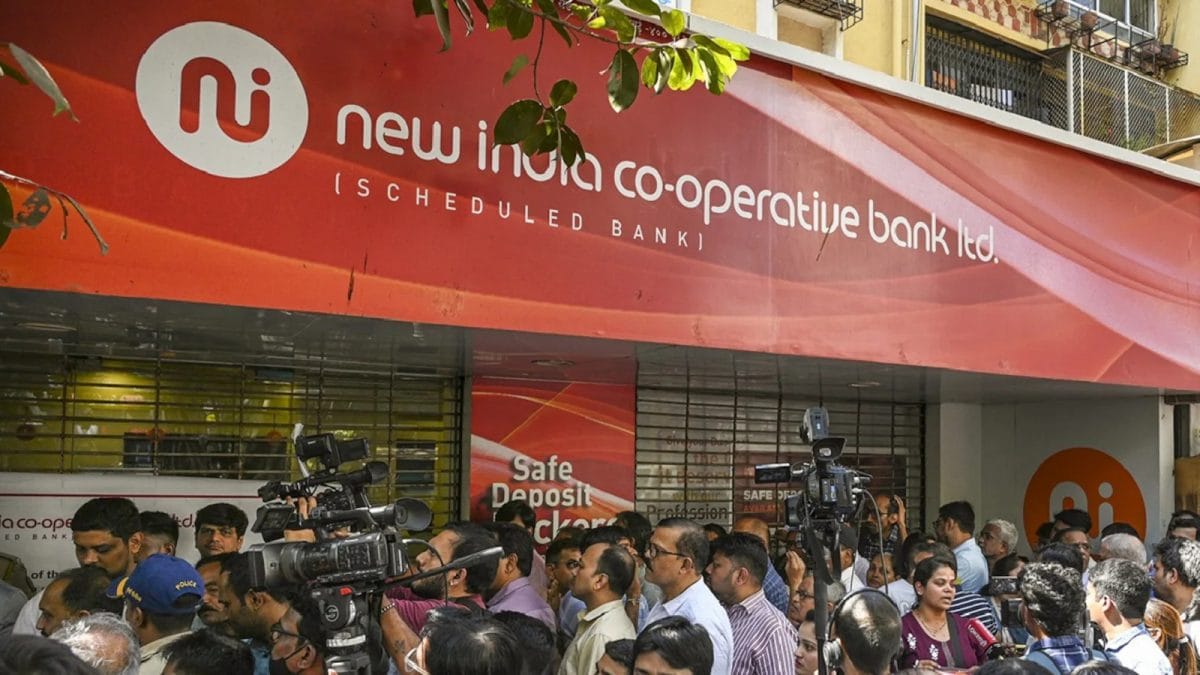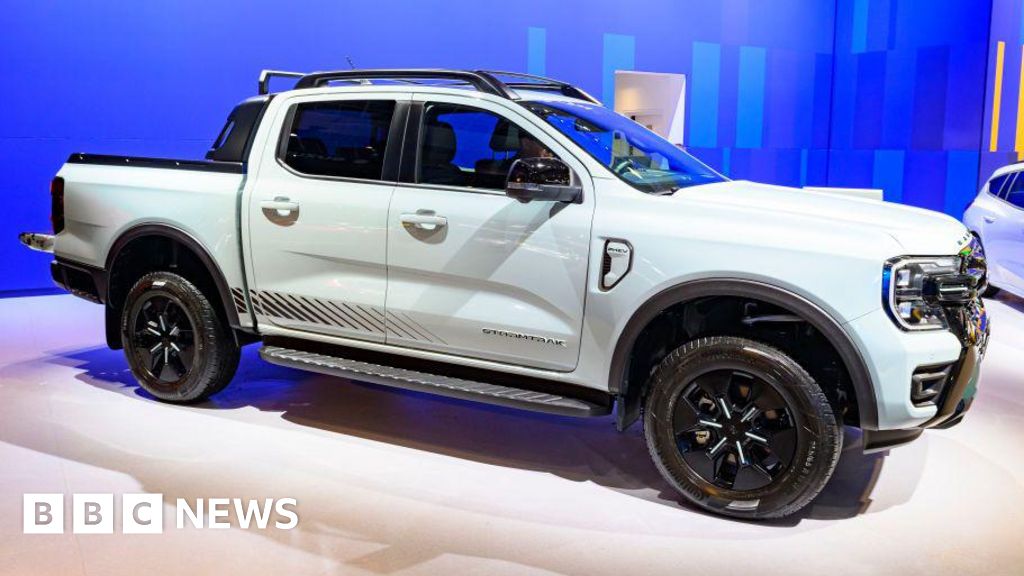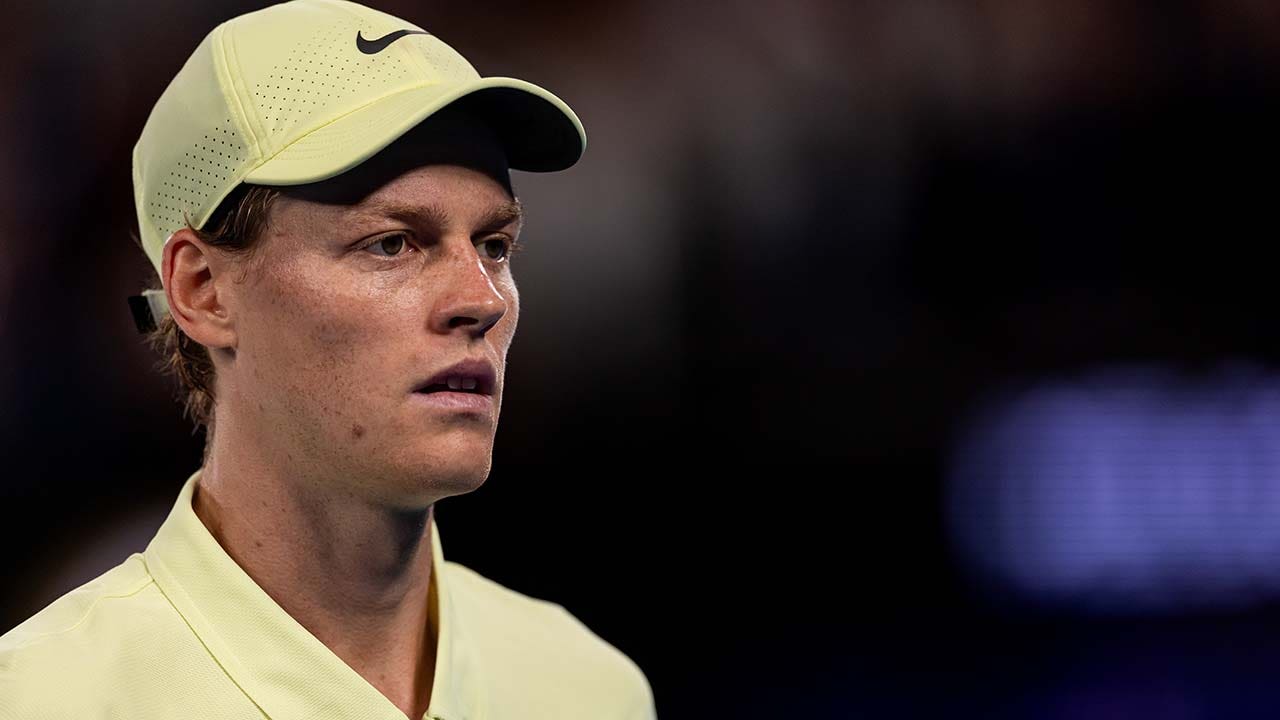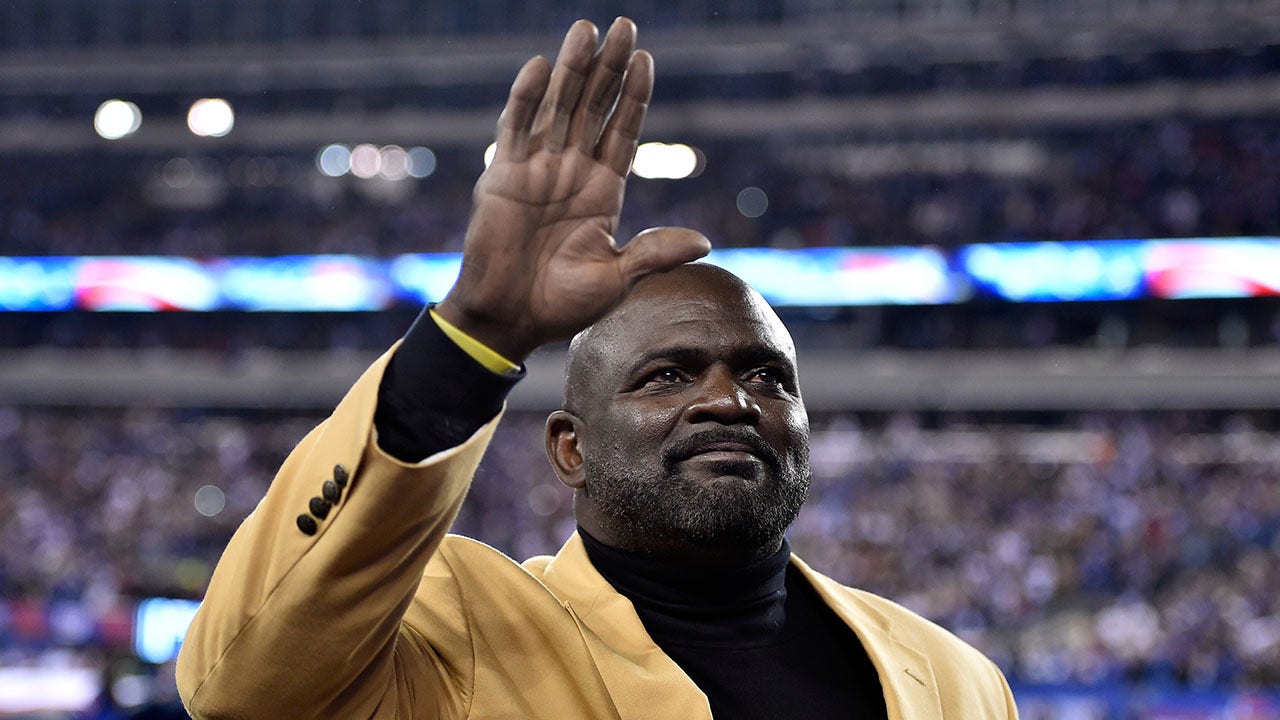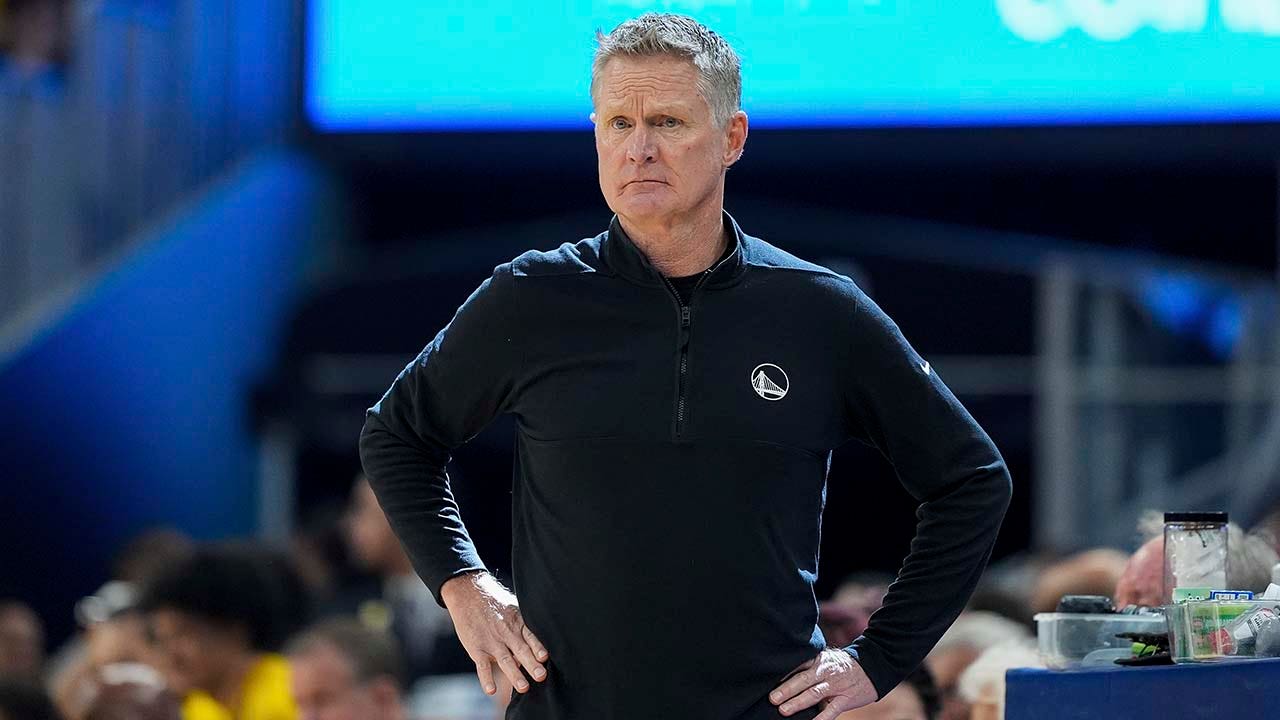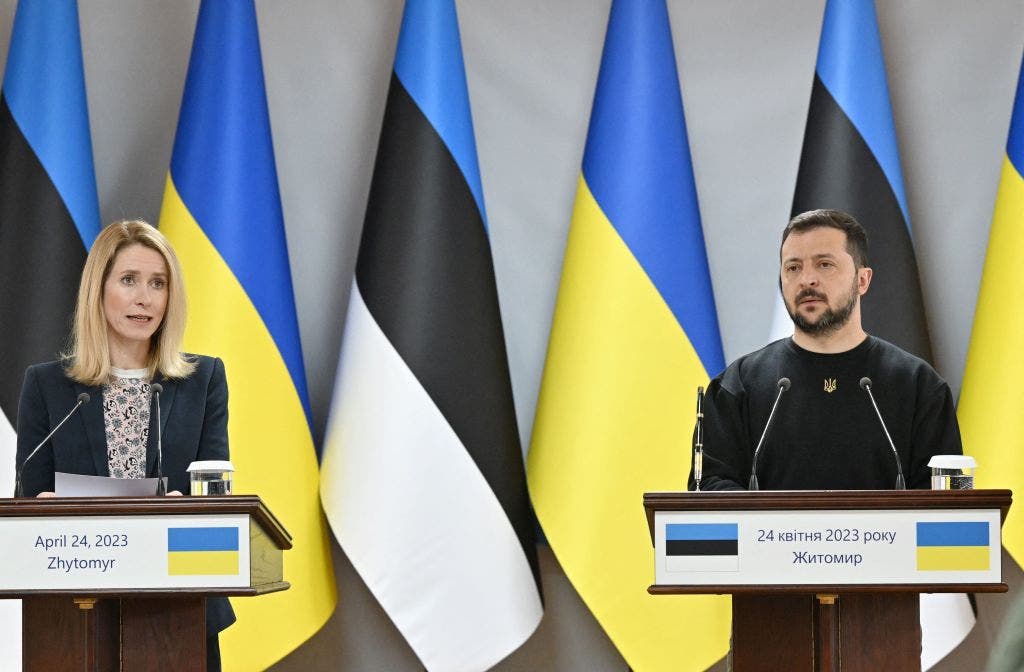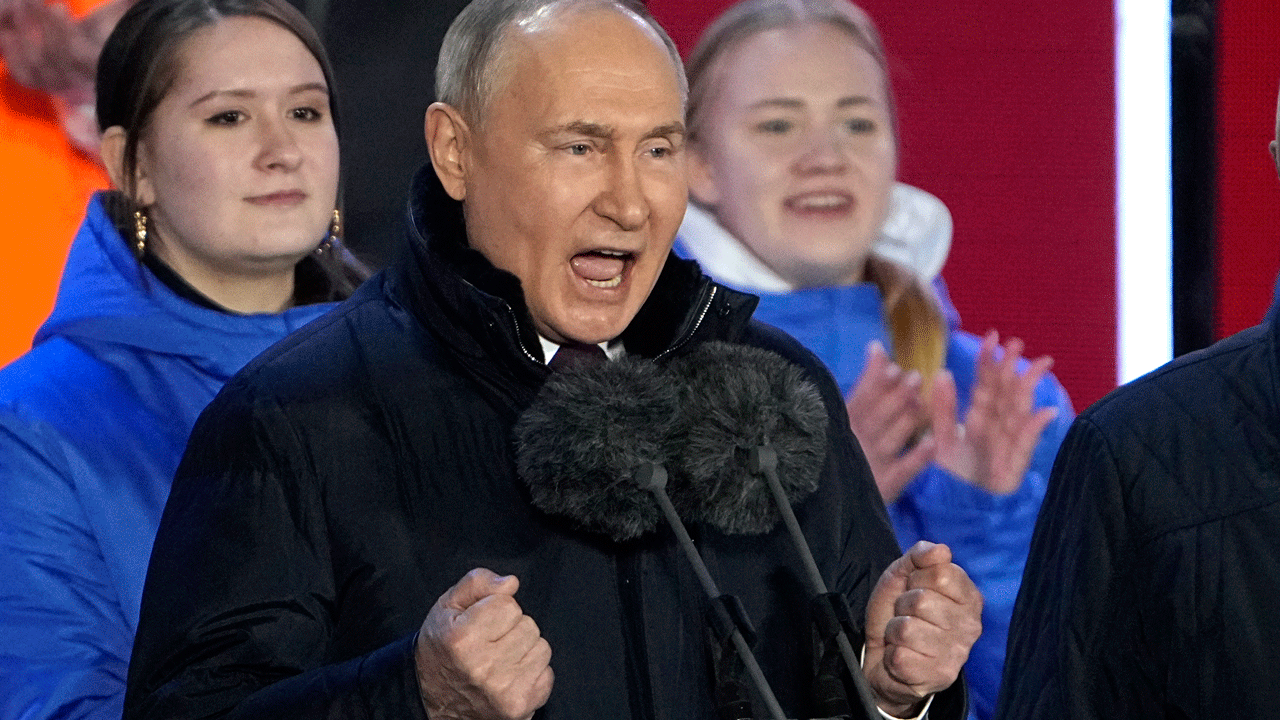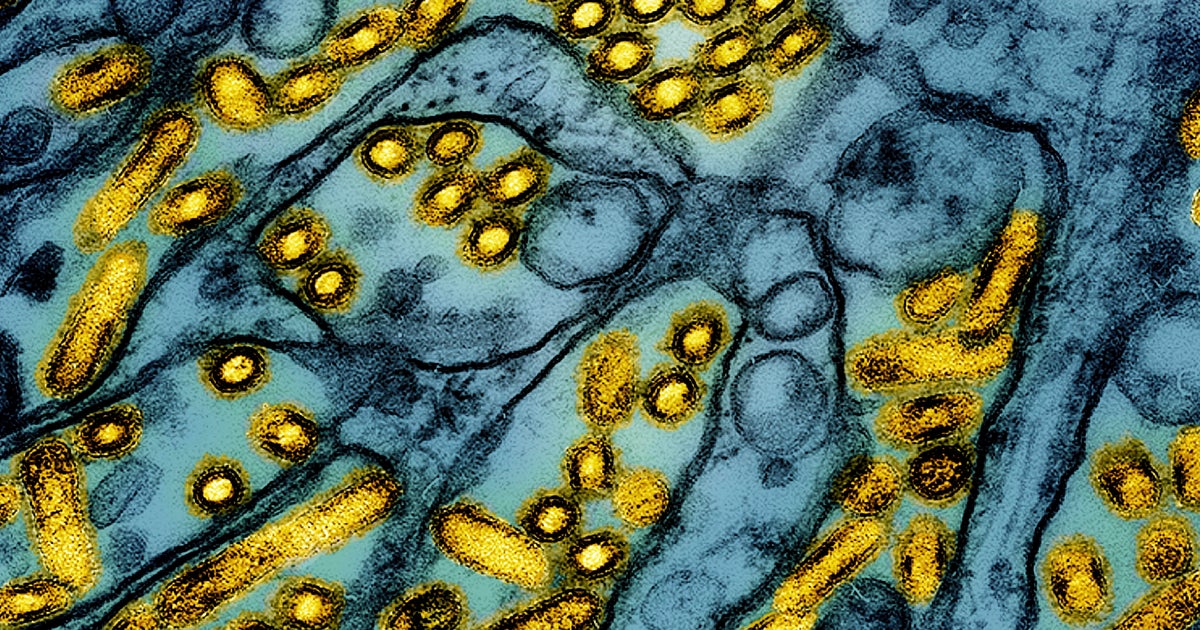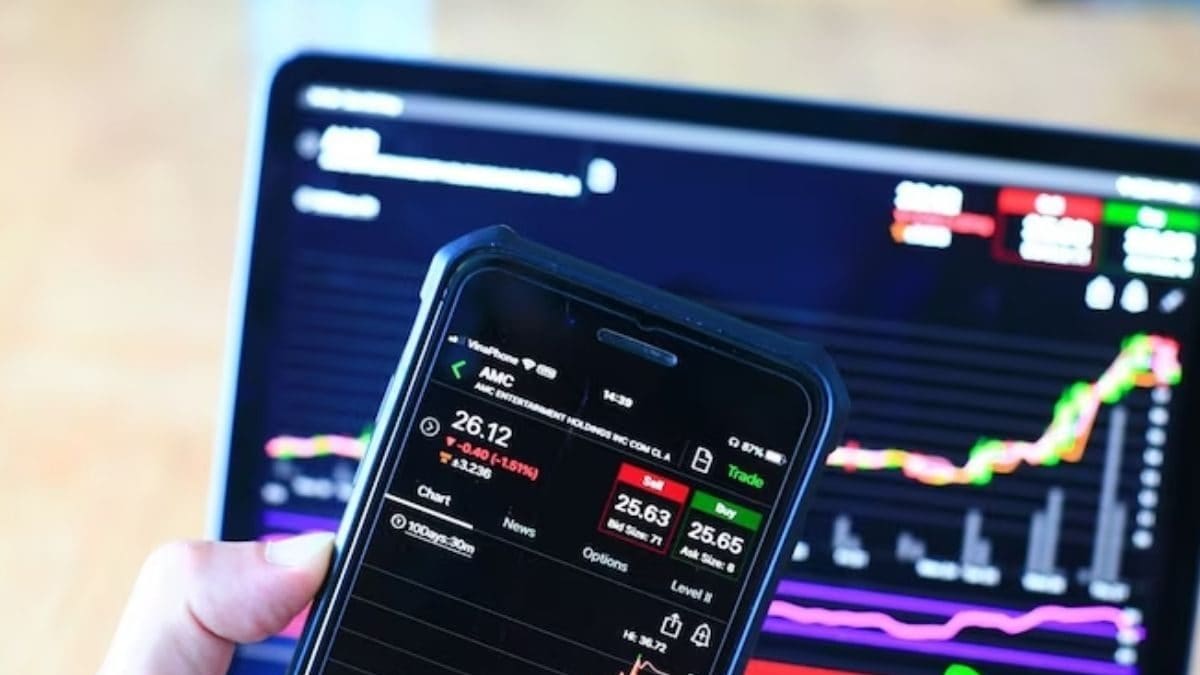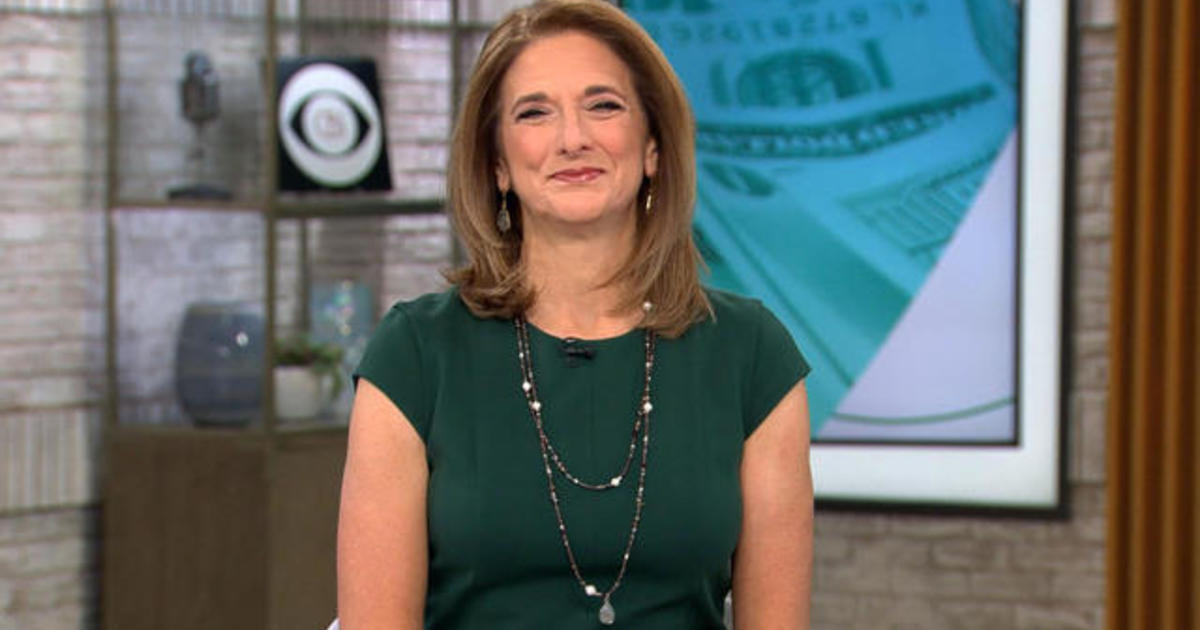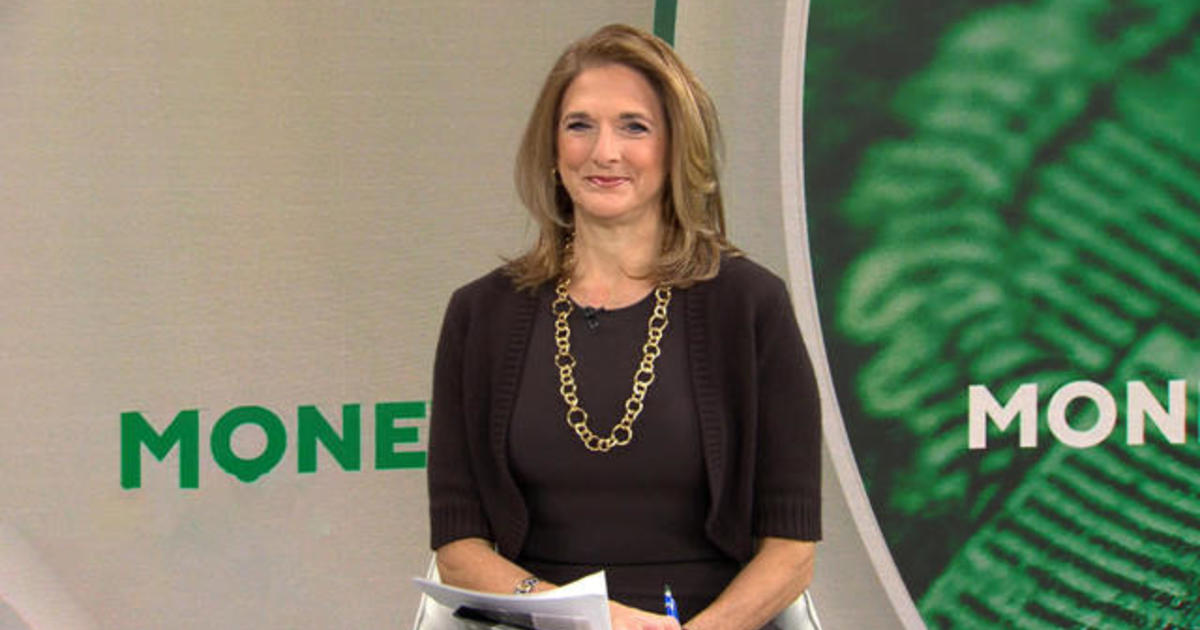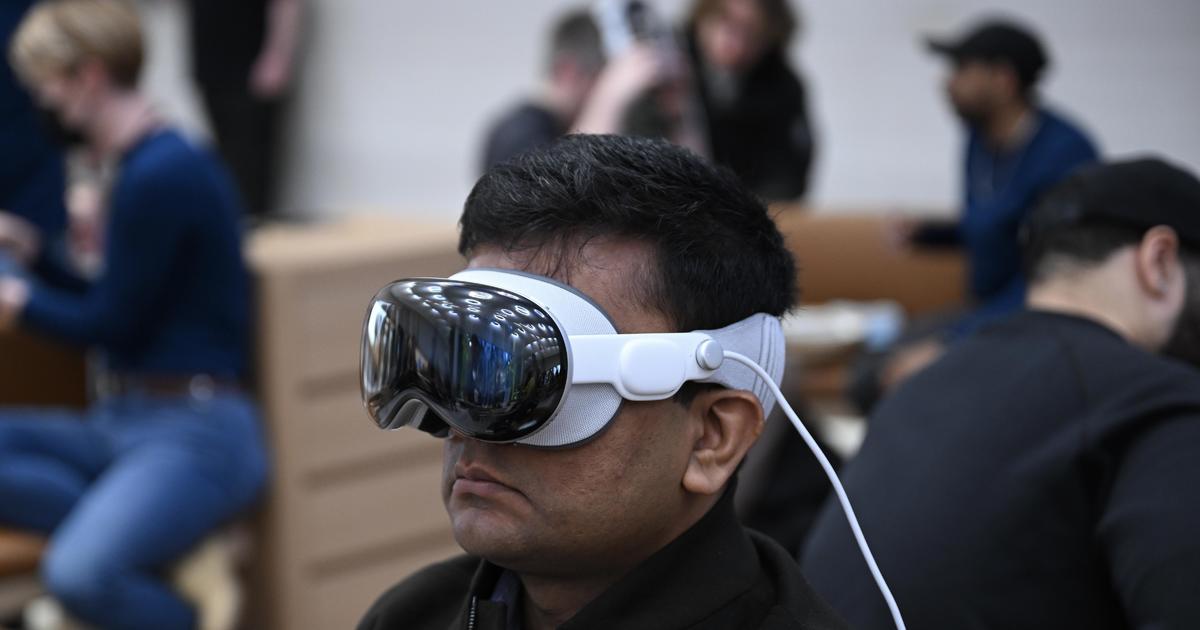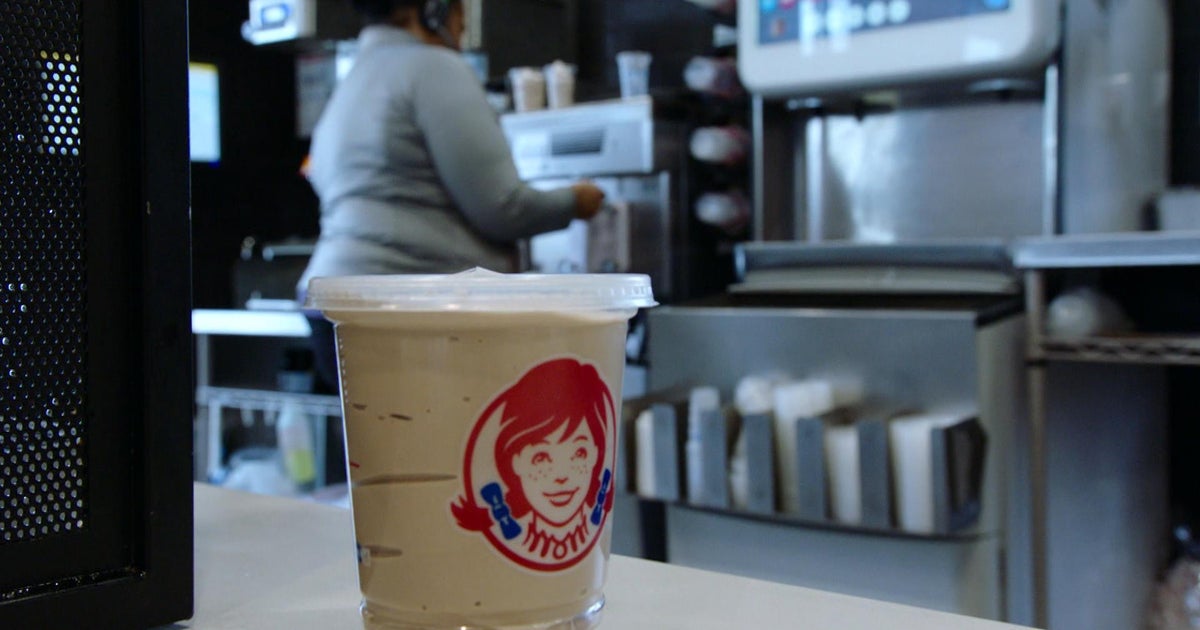When President Trump announced he would impose new tariffs on imports from countries around the world, he launched a frontal attack on the global free trade system created in the aftermath of World War II.
Mr. Trump’s move, announced Thursday and set to begin as soon as April, represents a bet that the United States will gain leverage by replacing global tariffs with its own tariffs, which are taxes on imports.
The United States, the world’s largest importer, has for decades bought far more from the rest of the world than it sells. Mr. Trump wants to change that and is calculating that other countries, with more exports at stake, might be cautious about retaliating by raising their own tariffs.
But instead, many trade experts warn, Mr. Trump’s action could presage a global shift toward higher tariffs. That would pose a big challenge to the World Trade Organization, which was established in 1993 to coordinate global tariffs and trade rules.
Decisions by other countries to follow Mr. Trump’s example and set tariffs unilaterally could impede trade, raising prices for everyone. The free trade promise of consumers buying from the lowest-cost producers could be imperiled.
“I would say the W.T.O. is toast, but what matters now is how other members respond,” said Deborah Elms, the head of trade policy at the Hinrich Foundation, which is focused on trade. “Do they stand up for the system? Or do they also ignore key principles, provisions and practices?”
How We Got Here: GATT and the W.T.O.
The main agreement governing international trade, even today, is the General Agreement on Tariffs and Trade, or GATT.
Only 23 countries, including colonial powers like Britain and France, signed that agreement in 1947. The pact’s signatories agreed to charge the same tariffs to all other member countries — a crucial provision that Mr. Trump is challenging. Member nations negotiated for years to reduce these tariffs.
The most important of these multiyear negotiations was the Uruguay Round, which led to an agreement in 1993 to reduce tariffs further. The negotiators, from 117 nations, also created the World Trade Organization to administer GATT rules and negotiations and to provide binding arbitration of disputes.
An American Backlash Against the W.T.O.
At the start of President Trump’s first term, he and his trade advisers voiced frustration with how the W.T.O.’s arbitration panels had worked out. They contended that the panels were reluctant to condemn export subsidies and other measures by countries like China that sought to strengthen their manufacturing sectors, in violation of the rules of free trade. And they complained that the panels often decided against the United States.
Mr. Trump blocked the naming of judges to the W.T.O.’s top body for resolving disputes. That body became unable to meet as judges’ terms expired, and could no longer issue binding verdicts.
Trade officials in Mr. Trump’s first term discussed whether to rewrite tariff rates, but decided that would be a step too far. The prospect of setting new tariffs for more than 4,000 import categories for U.S. trade with more than 150 countries was too daunting.
But Mr. Trump is preparing to do just that, overturning GATT’s most basic rules by setting tariffs unilaterally. The U.S. would match other countries’ tariffs and then add further tariffs to offset subsidies and non-tariff trade barriers in those countries. Mr. Trump particularly complained about value-added taxes in Europe and very steep tariffs in developing countries.
Steep Tariffs in Developing Countries
When GATT was established in 1947, only a handful of countries had industrialized their economies, and many of them were in ruins because of World War II. As colonial empires broke up into numerous developing countries, leaders of the world’s poor countries worried that they might never have a chance to develop manufacturing industries.
Developing countries insisted on keeping high tariffs to limit imports of factory goods. They also insisted on being allowed to subsidize their agricultural sectors to try to become self-sufficient in food.
Some of these developing countries, like China and India, are now among the world’s largest economies. But they have maintained their status as developing countries under GATT rules, allowing them to keep tariffs much higher than in developed economies and heavily subsidize agriculture. Only in response to Trump’s trade war in 2018 and 2019 did China begin to reduce its tariffs voluntarily, while retaining the world’s largest agricultural subsidies.
Mr. Trump signaled that developing countries with high tariffs may be hit with equally high American tariffs. But developing countries, including China and India, contend that while their industrial sectors have grown enormously, their populations are not yet affluent. They still have low average incomes per person and want to remain mostly self-sufficient in food.
The dilemma now for Europe and most developing countries is that they desperately need to run trade surpluses with the United States to afford their large trade deficits with China. If they retaliate against President Trump’s tariffs, they may trigger a global trade war and doom the W.T.O., which has helped them grow faster for so long.
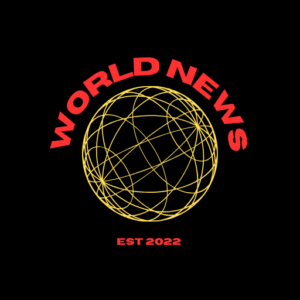

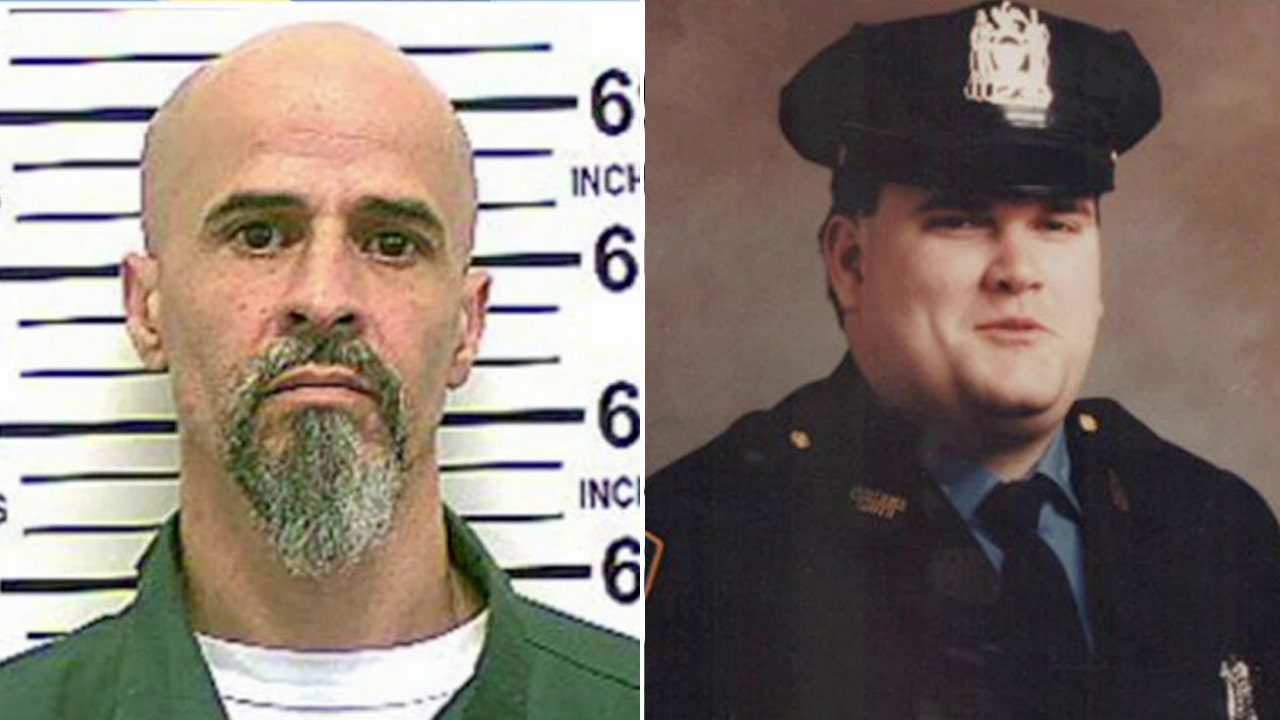
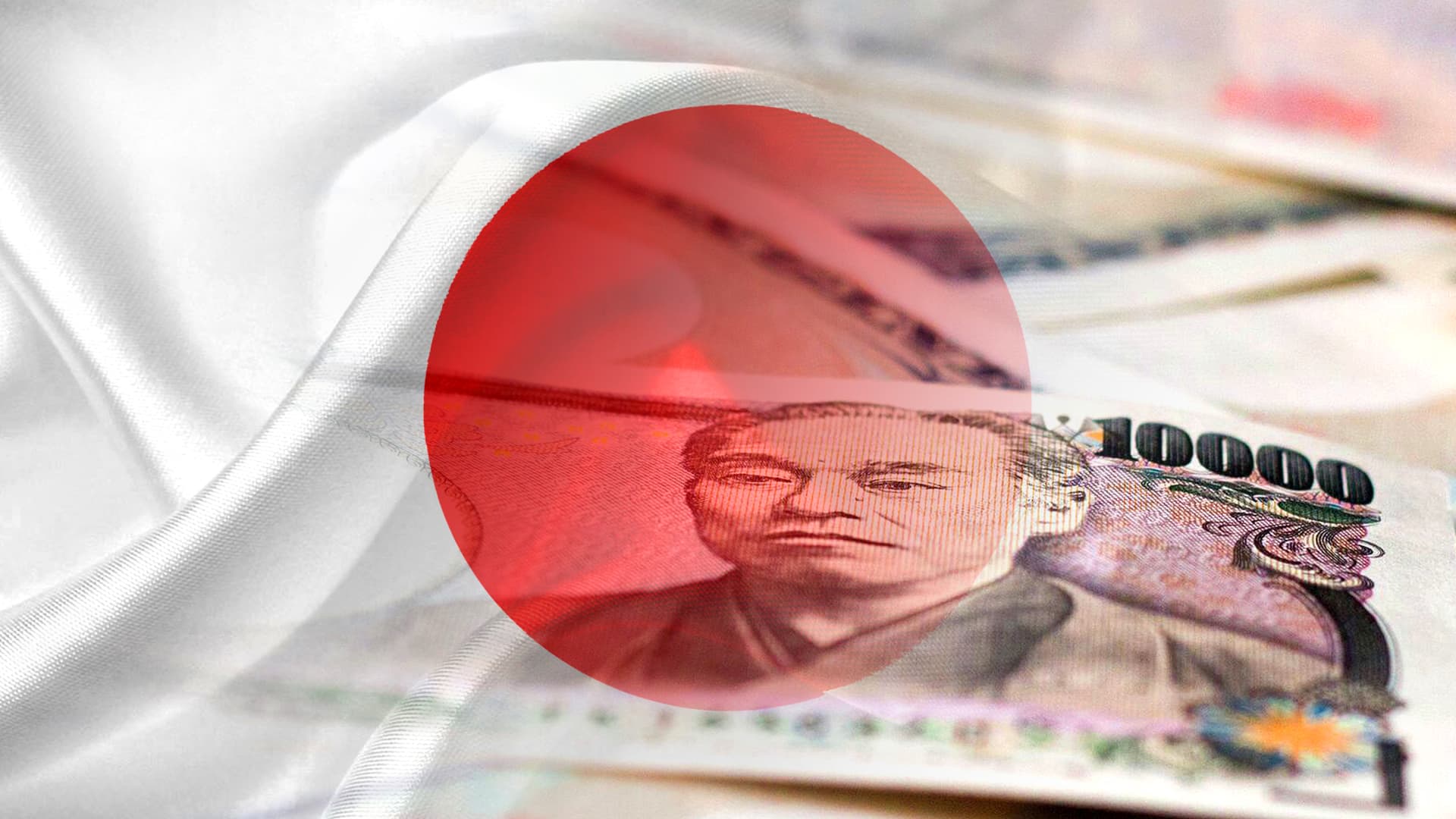

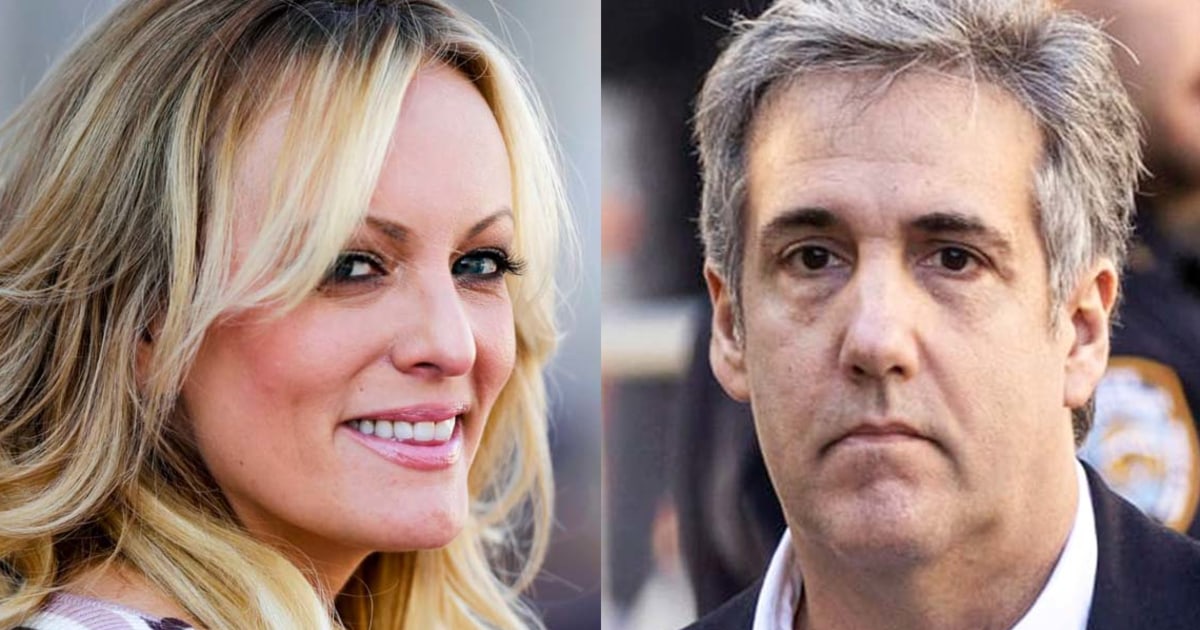

)
